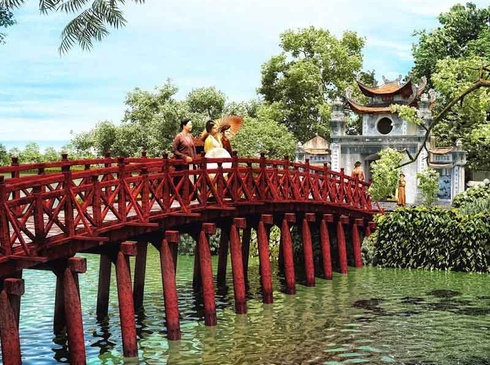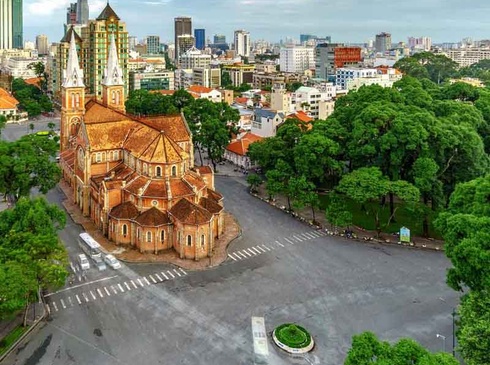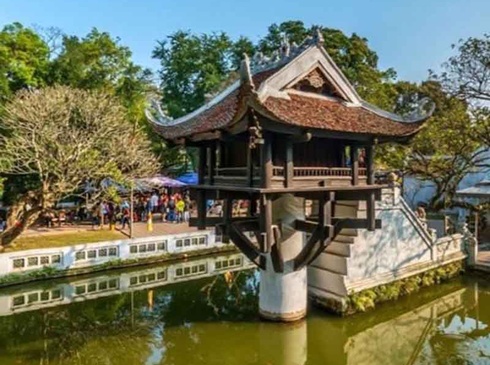Exploring the Beauty and Diversity of Vietnam Architecture
Vietnam, with its rich cultural heritage, boasts of some of the most spectacular and diverse architectural wonders in the world. From ancient pagodas and temples to modern skyscrapers and contemporary designs, the country's architecture reflects its fascinating history and dynamic present. In this blog, we'll take a closer look at Vietnam's diverse architecture and explore the beauty and uniqueness of this fascinating architectural landscape.
.jpg)
Vietnamese architecture emphasizes harmony with nature, and the use of natural materials like wood, stone, and bamboo. A perfect example of this is the ancient temples and pagodas spread throughout the country, built with intricacy and detail. One of the most famous examples of ancient architecture is the Temple of Literature in Hanoi, which was built in 1070 and served as Vietnam's first university. The temple features grandiose roofs, beautifully decorated halls, and ornate stone carvings and sculptures.
The French colonization of Vietnam from 1858 to 1954 had a significant impact on its architecture, as evidenced by the colonial buildings and elegant villas found in many Vietnamese cities. One great example is the Saigon Central Post Office in Ho Chi Minh City, which resembles a classic European railway station. Its grand façade, iron vaulting, and intricately detailed map of Vietnam make it a must-visit landmark.
.jpg)
Another noticeable aspect of Vietnamese architecture is its modern and contemporary styles. These projects showcase the country's rapid development and present-day innovations in design and engineering. One such example is the Bitexco Financial Tower in Ho Chi Minh City, the tallest building in Vietnam. It is a symbol of the country's immense progress and modern lifestyle, with its futuristic design and advanced technologies.
In recent years, Vietnamese architects have also been breaking new ground by using sustainable materials and techniques and incorporating green spaces into their plans. For instance, the Bamboo Eco Resort in Hoi An cleverly uses bamboo in every aspect of its construction, while the multifunctional Danang Administration Center has an energy-efficient façade made of metal and glass, with an extensive green roof and organic gardens.







